The Golden Mask of Tutankhamun, Golden Mask Mystery
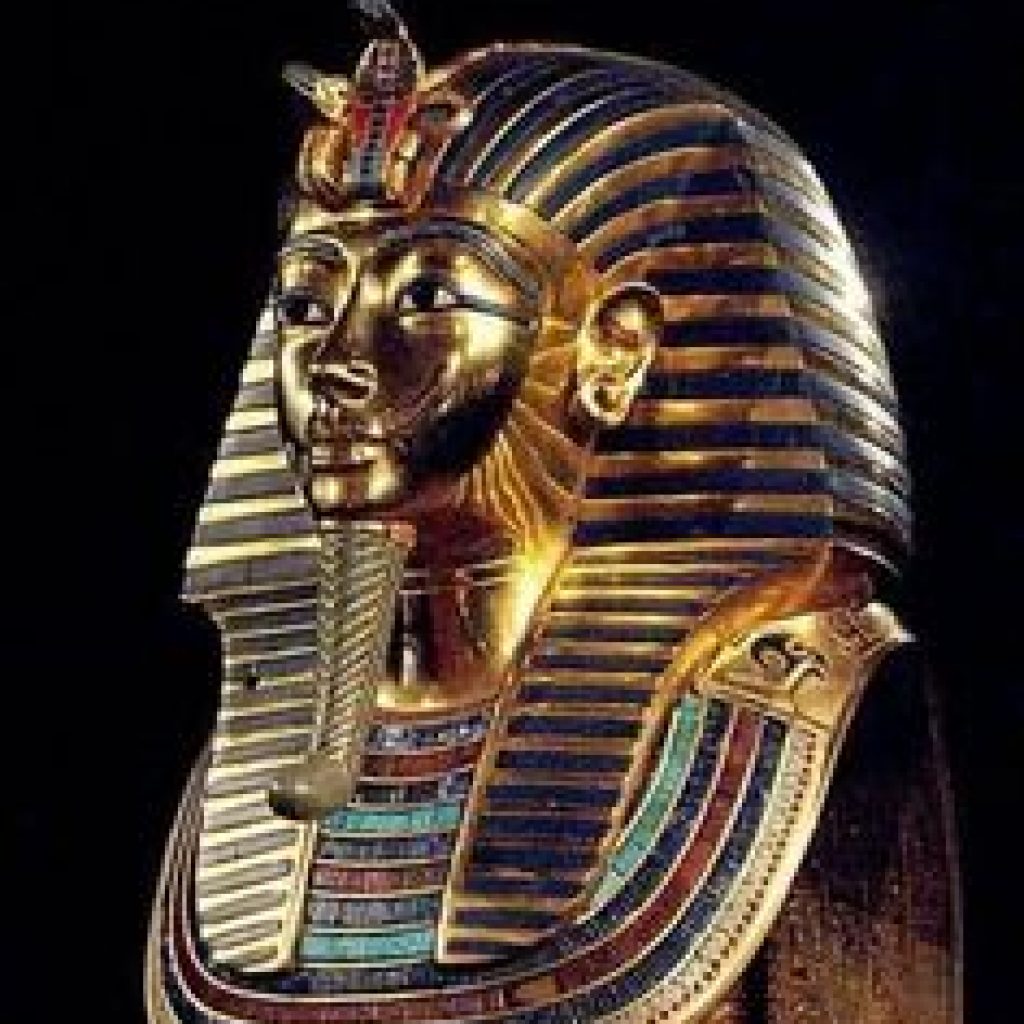
- Introduction
- Discovery of Tutankhamen’s Tomb
- The Significance of the Golden Mask
- Craftsmanship and Materials
- Symbolism in the Mask’s Design
- The Role of Tutankhamen in Ancient Egypt
- The Mask’s Impact on Modern Egyptology
- The Conservation and Preservation Efforts
- Theories and Mysteries Surrounding the Mask
- Public Display and Global Fascination
- Conclusion
- FAQs
The Golden Mask of Tutankhamun, an exquisite artefact from ancient Egypt, stands as one of the most iconic and fascinating relics of human history. Discovered in the early 20th century, this mask not only represents the grandeur of ancient Egyptian civilization but also embodies the mystery and intrigue that continue to captivate the world. This article delves into the story of The Golden Mask of Tutankhamun, exploring its discovery, significance, craftsmanship, and the ongoing fascination it inspiresThe Golden Mask of Tutankhamun.
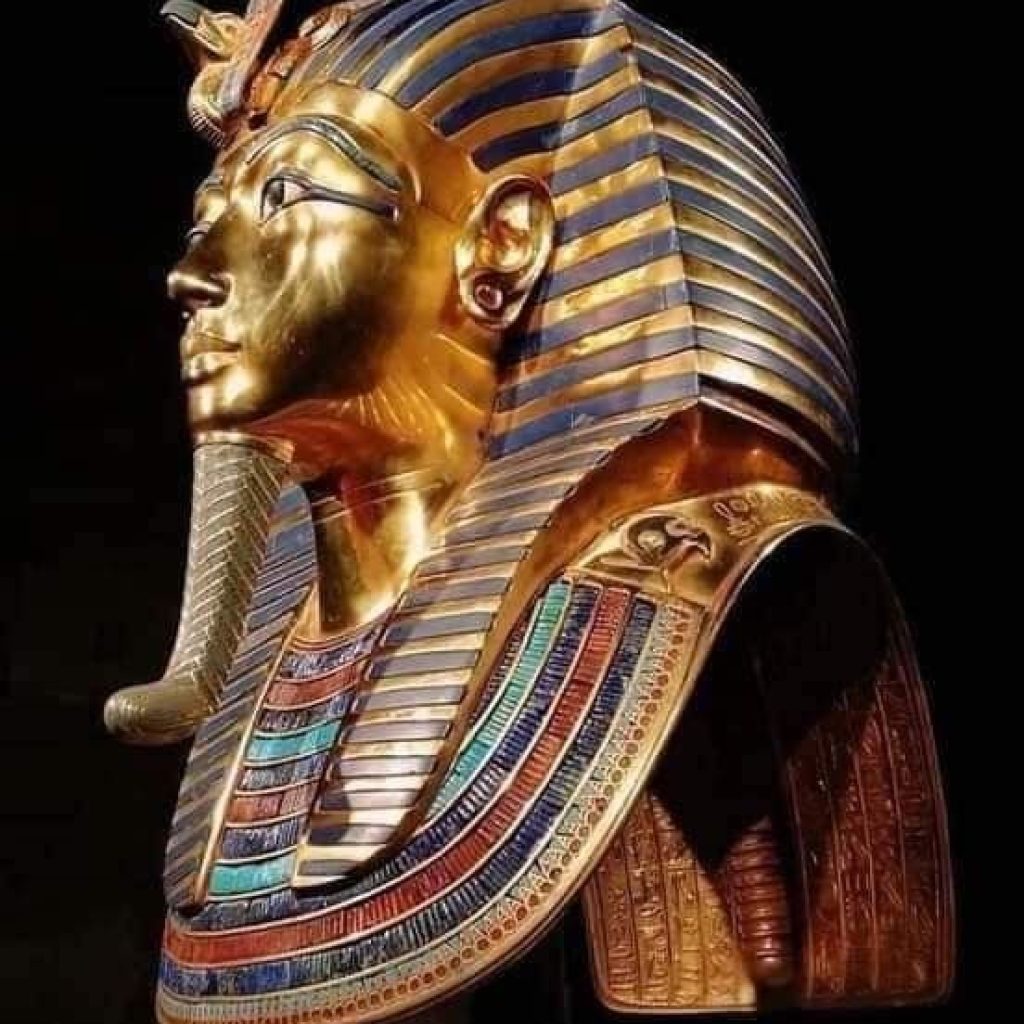
1. Discovery of Tutankhamen’s Tomb
The tomb of Tutankhamen was discovered in 1922 by British archaeologist Howard Carter, funded by Lord Carnarvon. Hidden in the Valley of the Kings, this discovery was a milestone in Egyptology, revealing the most intact royal tomb ever found. The golden mask was found placed over the mummified face of the young pharaoh, instantly becoming a symbol of ancient Egypt’s opulence and mystique The Golden Mask of Tutankhamun.
2. The Significance of the Golden Mask
The Golden Mask of Tutankhamun, holds immense historical and cultural significance. It provides a tangible connection to the 18th Dynasty of ancient Egypt, offering insights into the religious beliefs, burial practices, and artistic achievements of the time. The mask’s grandeur underscores the importance of the pharaoh in Egyptian society and the elaborate rituals associated with their afterlife.
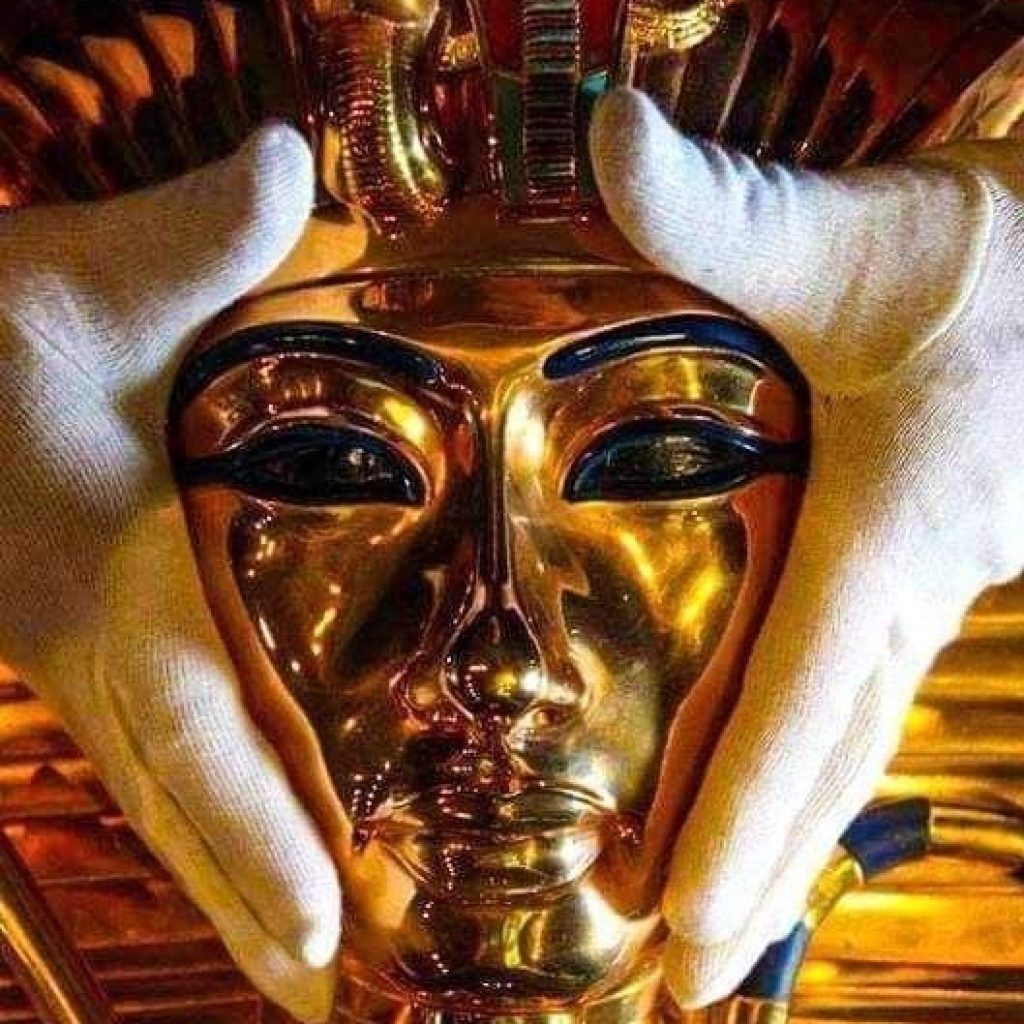
3. Craftsmanship and Materials
The Golden Mask of Tutankhamun, made of solid gold, weighs about 10 kilograms and is adorned with inlays of semi-precious stones such as lapis lazuli, turquoise, and carnelian. The craftsmanship reflects the advanced metallurgical and artistic skills of ancient Egyptian artisans. The intricate details, including the facial features and the nemes headcloth, showcase a blend of realism and idealism characteristic of Egyptian art.
4. Symbolism in the Mask’s Design
The design of the Golden Mask is rich with symbolism. The nemes headcloth, adorned with a cobra and vulture, represents the unification of Upper and Lower Egypt. The false beard symbolizes divine status, while the eyes, meticulously inlaid with quartz and obsidian, convey a lifelike presence. Each element of The Golden Mask of Tutankhamun, reflects the religious and cultural beliefs surrounding the pharaoh’s divinity and afterlife.
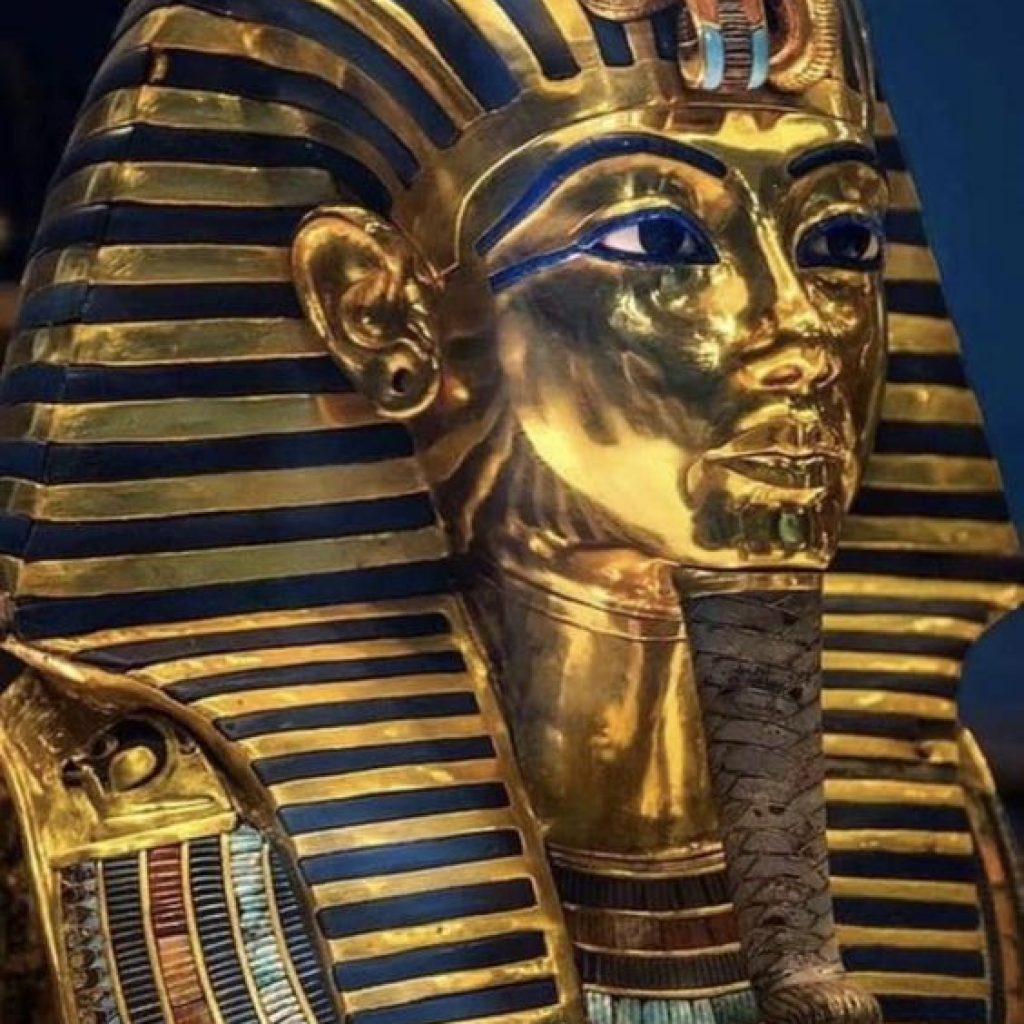
5. The Role of Tutankhamen in Ancient Egypt
The Golden Mask of Tutankhamun, often referred to as the “Boy King,” ascended to the throne at a young age and ruled during a tumultuous period in Egypt’s history. His reign, though short-lived, was significant in restoring traditional religious practices disrupted by his predecessor, Akhenaten. The golden mask serves as a testament to his status and the reverence accorded to him even in death.
6. The Mask’s Impact on Modern Egyptology
The discovery of Tutankhamen’s tomb and the golden mask had a profound impact on the field of Egyptology. It sparked a renewed interest in ancient Egypt, leading to numerous archaeological expeditions and research initiatives. The mask became a symbol of the mysteries of ancient Egypt, inspiring generations of archaeologists and historians to uncover the secrets of this ancient civilization.
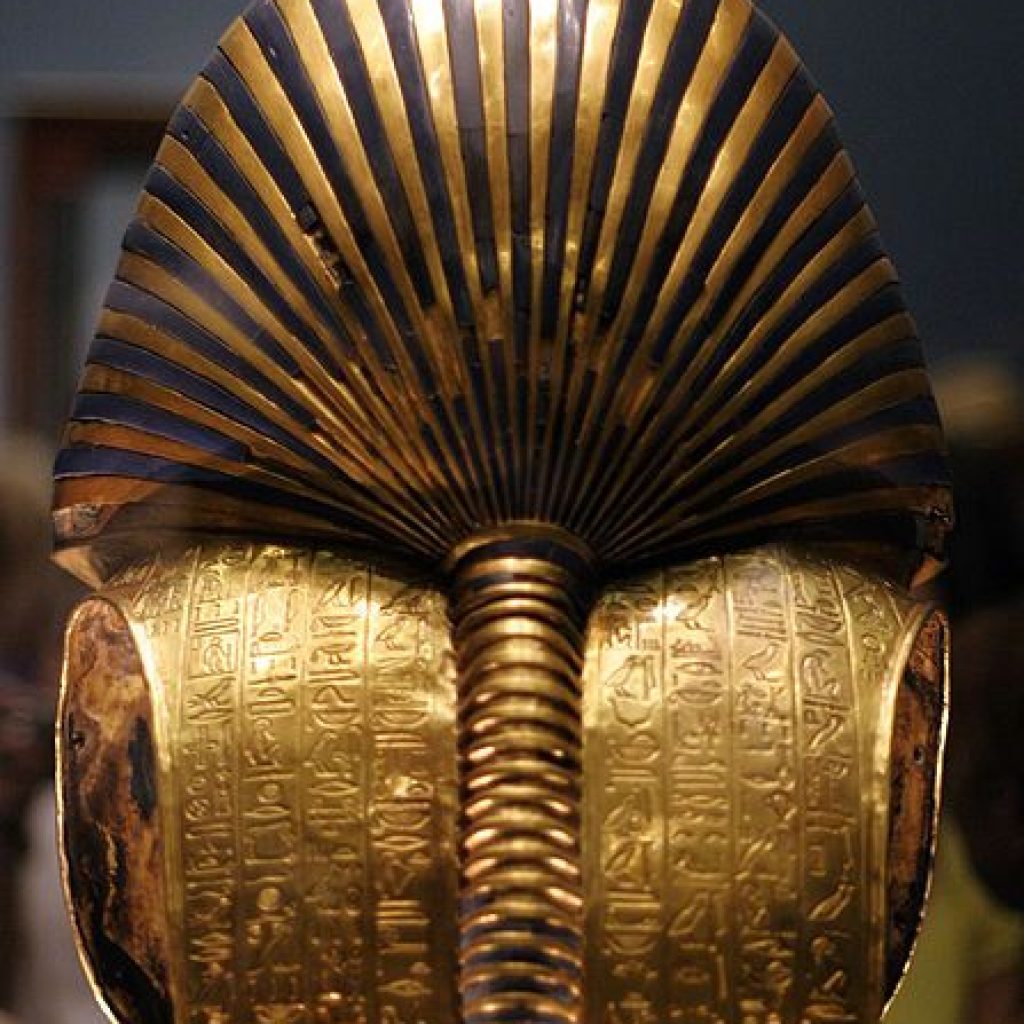
7. The Conservation and Preservation Efforts
Preserving The Golden Mask of Tutankhamun, has been a priority since its discovery. Over the decades, it has undergone several conservation efforts to ensure its longevity. Advances in technology have allowed for better understanding and preservation techniques, ensuring that future generations can continue to marvel at this ancient masterpiece.
8. Theories and Mysteries Surrounding the Mask
Despite extensive research, the Golden Mask of Tutankhamen continues to be shrouded in mystery. Theories about the mask’s creation, its intended wearer, and the circumstances surrounding Tutankhamen’s death abound. Some suggest the mask was originally made for another pharaoh, adding to the intrigue and ongoing scholarly debate.
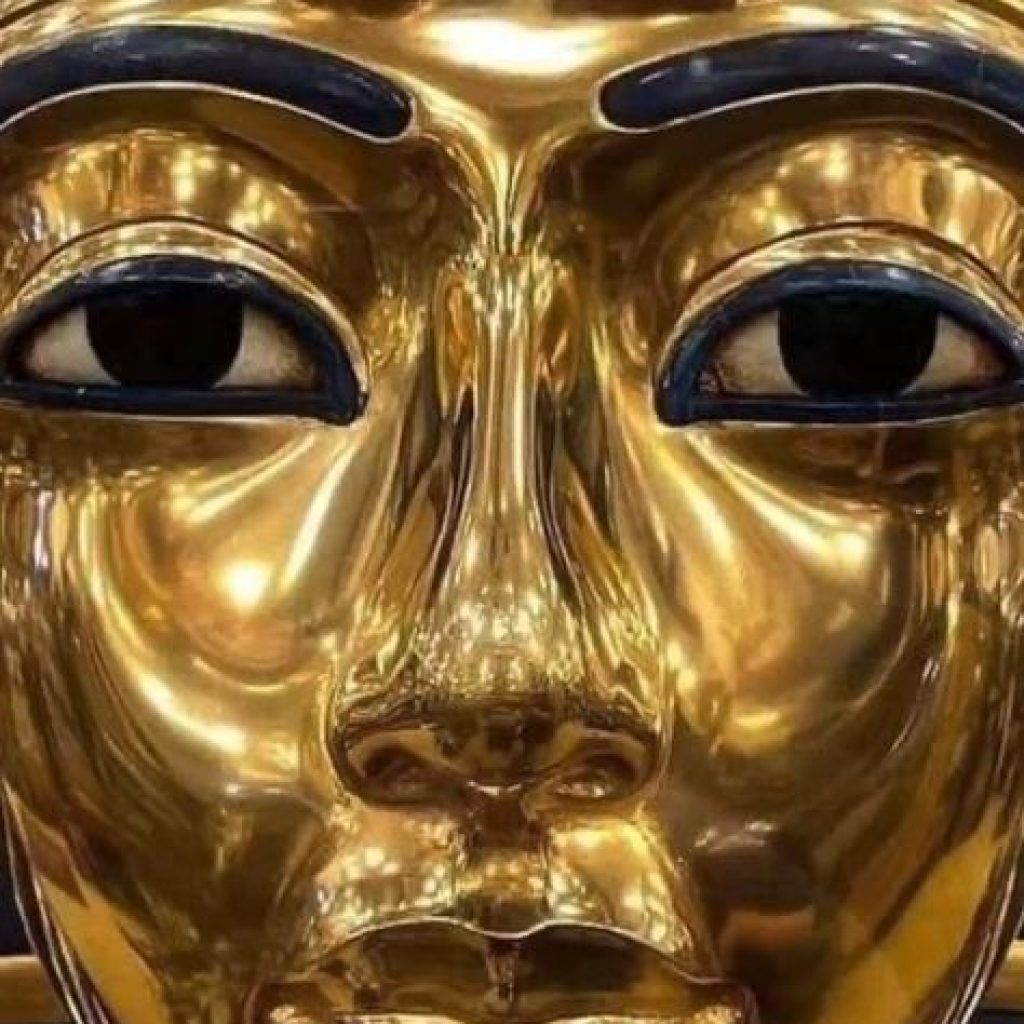
9. Public Display and Global Fascination
Since its discovery, the Golden Mask has been displayed in various museums around the world, attracting millions of visitors. Its allure transcends cultural and geographical boundaries, making it a global icon of ancient Egypt. The mask’s exhibitions have played a crucial role in raising awareness about Egypt’s rich heritage and the importance of cultural preservation.
The Golden Mask of Tutankhamun, remains one of the most remarkable artefacts of ancient Egypt, embodying the splendor, mystery, and artistic brilliance of a bygone era. Its discovery has not only enriched our understanding of ancient Egyptian civilization but has also continued to captivate the imagination of people worldwide. As we continue to study and preserve this iconic relic, it serves as a powerful reminder of the enduring legacy of ancient Egypt The Golden Mask of Tutankhamun.
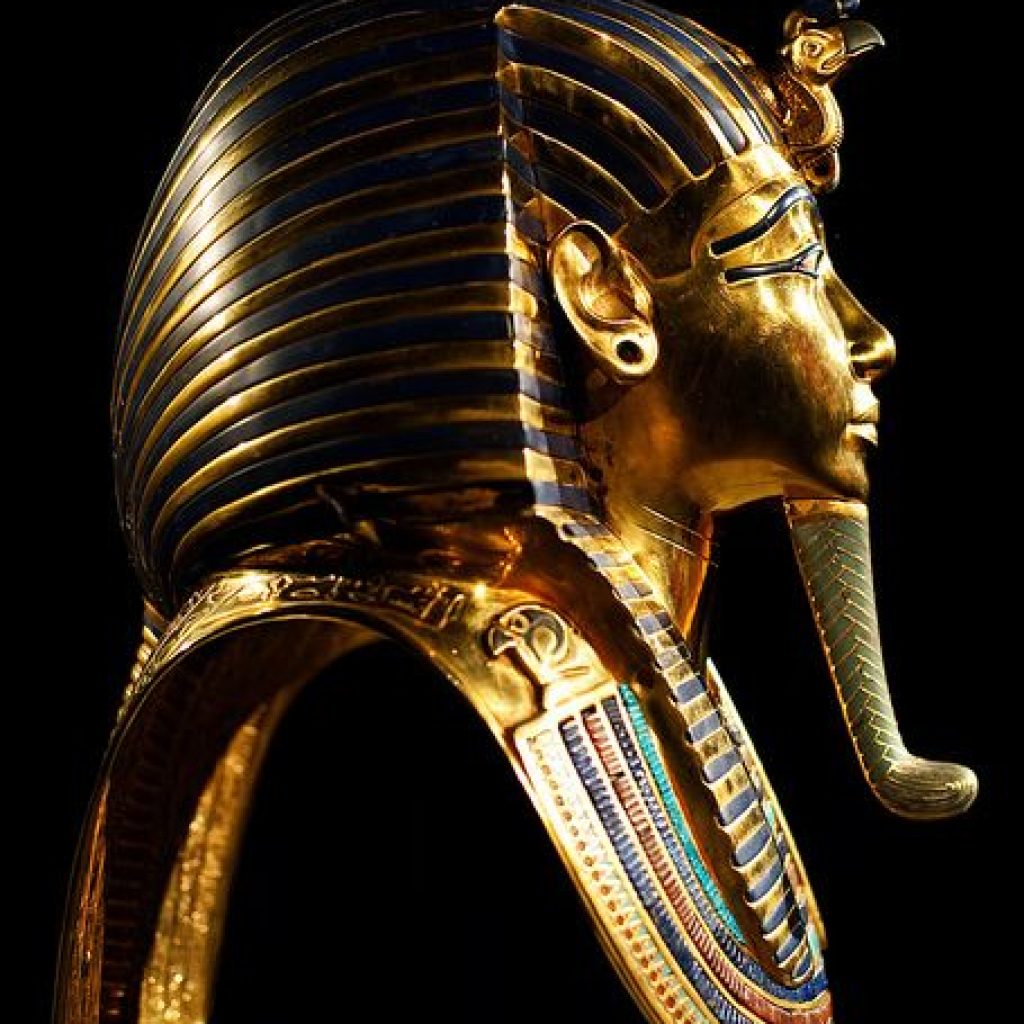
- What is The Golden Mask of Tutankhamun,?
- The Golden Mask of Tutankhamen is a funerary mask made of gold and precious stones, discovered in the tomb of the ancient Egyptian pharaoh Tutankhamen.
- Who discovered The Golden Mask of Tutankhamun,?
- The mask was discovered by British archaeologist Howard Carter in 1922.
- What materials were used to make the Golden Mask?
- The mask is made of solid gold and inlaid with semi-precious stones such as lapis lazuli, turquoise, and carnelian.
- Why is the Golden Mask significant?
- It is significant for its historical, cultural, and artistic value, representing the grandeur of ancient Egyptian civilization and providing insights into their burial practices and beliefs.
- Where is the Golden Mask displayed?
- The Golden Mask has been displayed in various museums worldwide, with its primary home being the Egyptian Museum in Cairo.
- What does the Golden Mask symbolize?
- The mask symbolizes the pharaoh’s divine status and the unification of Upper and Lower Egypt, with various elements reflecting religious and cultural beliefs.
- What are some mysteries surrounding the Golden Mask?
- Mysteries include theories about its original intended wearer, the circumstances of Tutankhamen’s death, and the mask’s creation process.
The discovery of the Golden Mask has significantly enriched our understanding of ancient Egyptian civilization, shedding light on the opulence and reverence surrounding pharaonic burials. Its allure continues to captivate the imagination of people worldwide, making it a symbol of the enduring legacy of ancient Egypt. As we continue to study and preserve this iconic relic, it serves as a powerful reminder of the timeless connection between the past and present, ensuring that the grandeur of ancient Egypt remains an integral part of our shared human heritage. The Golden Mask of Tutankhamun, in its magnificence and mystery, continues to inspire awe and wonder in all who behold it.





Comment (0)